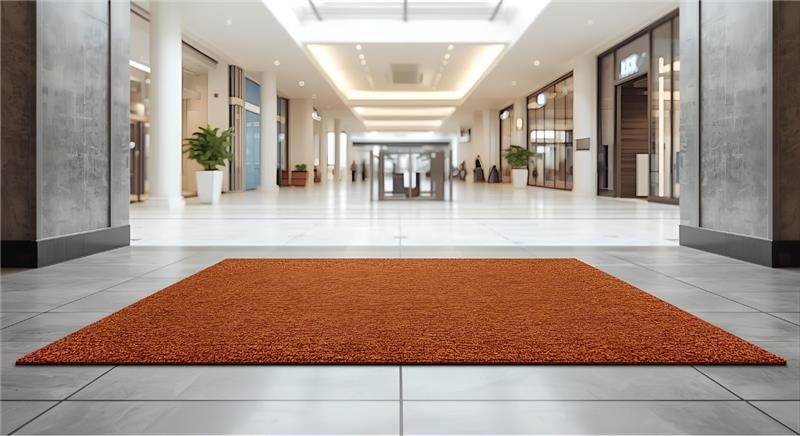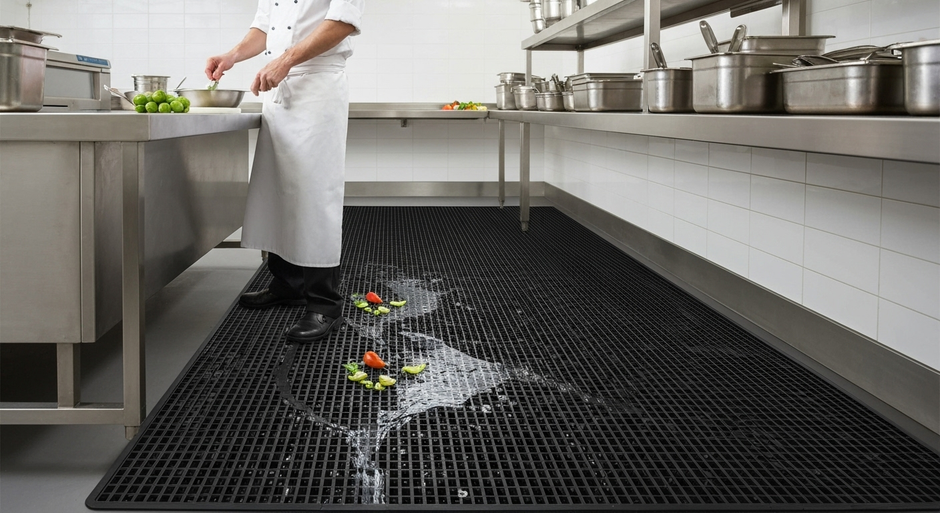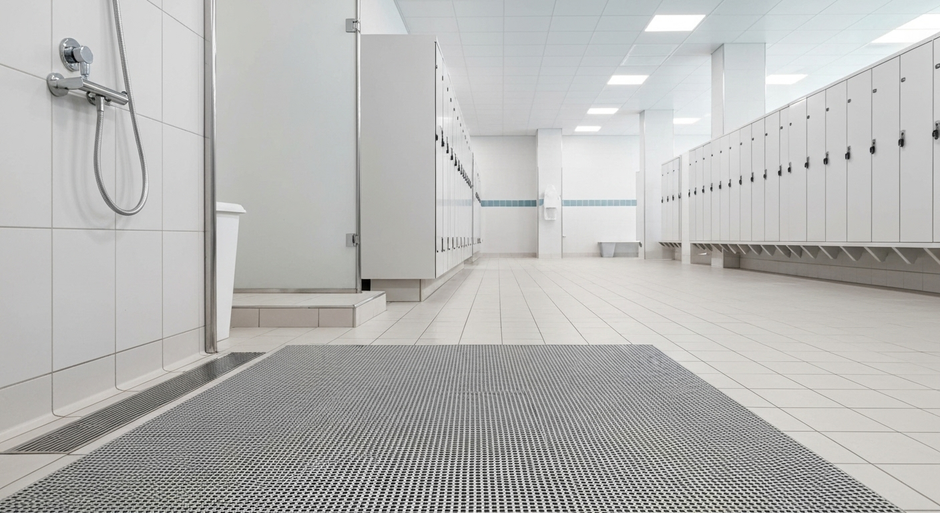Tacky Mats: Essential for Infection Control in Hospitals
Controlling the spread of infection in hospitals is of paramount importance. Hospitals are environments that, by their very nature, host individuals who are vulnerable to infection, whether due to existing medical conditions, compromised immune systems, or procedures being undertaken. Infection control protocols, such as hand washing, sanitisation, and protective gear, are essential for maintaining a safe and clean environment for patients, staff, and visitors alike. However, while these measures are crucial, one often overlooked aspect of infection control in hospitals is the cleanliness of the floors.
When it comes to infection prevention, the floors in hospitals play a pivotal role. After all, dirt, dust, and contaminants brought in on the soles of shoes can contribute significantly to the spread of germs across multiple areas of the facility. One highly effective, yet simple, tool for controlling this issue is the use of Tacky Mats. These mats serve as an additional safeguard against the spread of bacteria and other harmful microorganisms in sensitive areas of the hospital, such as theatres and laboratories, where cleanliness is critical.
If you're looking for an effective and affordable way to reduce the risk of contamination in hospitals, using Tacky Mats can provide a significant solution. In this blog post, we’ll explore what Tacky Mats are, why they are so important in hospitals, and how they contribute to infection control.

What Are Tacky Mats?
Tacky Mats, also known as adhesive or sticky mats, are a specialist type of mat designed with a tacky or sticky surface that removes and collects fine particles of dirt, dust, and other contaminants. These mats feature a unique adhesive layer that captures the particles from the bottoms of shoes as they are walked over the mat, preventing the spread of contaminants to sensitive or sterile areas of a hospital or laboratory.
Typically, Tacky Mats come in multi-layer designs, with each sticky layer designed to trap dirt, dust, and debris. Once a layer becomes full, it can be peeled away and disposed of, revealing a fresh, clean layer beneath. This feature ensures that the mat continues to function effectively without the need for cleaning or scrubbing.
For hospitals, this simple yet highly effective design is invaluable. With healthcare workers, patients, and visitors frequently moving between various areas of the hospital, it is essential to minimise the transfer of contaminants. Tacky Mats make it possible to capture these contaminants at the very point of entry, stopping them from spreading further into the hospital and contaminating sensitive areas.
Tacky Mats are typically used at entryways to sensitive areas such as operating theatres, laboratories, and isolation wards. In these locations, it is crucial to maintain a germ-free environment, as any cross-contamination could lead to infections, complications, or longer recovery times for patients. By using Tacky Mats, hospitals can enhance their infection control protocols and reduce the risk of contamination from footwear.

Why Use Tacky Mats in Hospitals?
Hospitals are busy places with people constantly coming and going. Between patients, visitors, medical staff, and delivery personnel, it's difficult to avoid dirt and contaminants being tracked into the building. Footwear is one of the primary ways that dirt, dust, and bacteria are transported across the hospital. With the need for strict infection control, hospitals must do everything possible to prevent germs from entering clean and sterile areas.
This is where Tacky Mats become invaluable. By placing Tacky Mats at the entrances to high-risk areas, hospitals can capture dirt, dust, and contaminants before they enter critical environments. The tacky surface of the mat effectively removes dirt from the soles of shoes, reducing the risk of contamination in sensitive areas like operating theatres and laboratory spaces.
In addition to being effective at preventing dirt and dust from being tracked in, Tacky Mats can also help improve overall hygiene in hospitals. They act as a visible reminder to staff and visitors that infection control is a priority, promoting a culture of cleanliness and vigilance.









